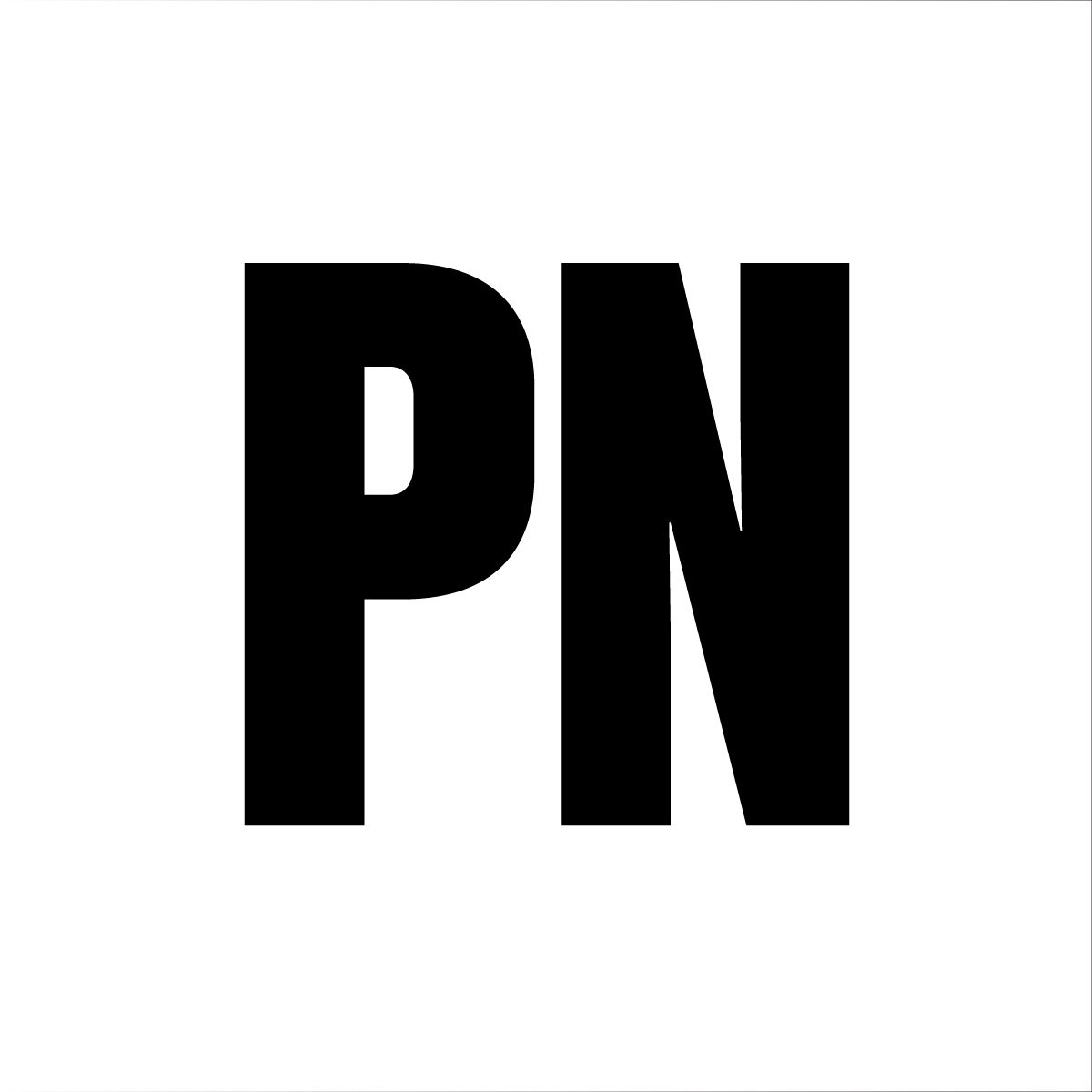
Photographic Materialities in Contemporary Art: Pathways Beyond the Expanded Field
In this article-based dissertation, I problematize the concept of photographic materiality in contemporary art, which is currently evolving in two directions. On the one hand there has recently been a new interest in notably tactile methods of photographic image-making as photography is often used in collage, sculpture and mixed media. On the other hand, in the context of digitality, the materiality of the single photographic image seems to have become increasingly irrelevant. Photography in contemporary art is thus at the same time both extremely tactile and material, but also almost immaterial, a non-object. I investigate this materially twofold status through five case studies.

Shooting for Change: Korean Photography after the War
In Shooting for Change, Jung Joon Lee examines postwar Korean photography across multiple genres and practices, including vernacular, art, documentary, and archival photography. Tracing the history of Korean photography while considering what is disguised or lost by framing the history of photography through nationhood, Lee considers the role of photography in shaping memory of historical events, representing the ideal national family, and motivating social movements.

Urban Eyes. Deutschsprachige Fotograf*innen im New Yorker Exil in den 1930er- und 1940er- Jahren
When the National Socialists came to power, New York established itself as a city of arrival for German-speaking photographers who had managed to flee Europe. Photography as a medium was in a state of upheaval at this time, partly due to efforts to establish it as an art form. The exiles, in turn, brought different training, camera types and emigration histories with them. Some had already worked professionally, others had to give up their learned professions and acquired photographic skills through self-tuition. Their artistic strategies in exile in New York therefore also differed. The camera served as a medium for dealing with the metropolis, reflecting on the experience of emigration, building networks and simply surviving economically.
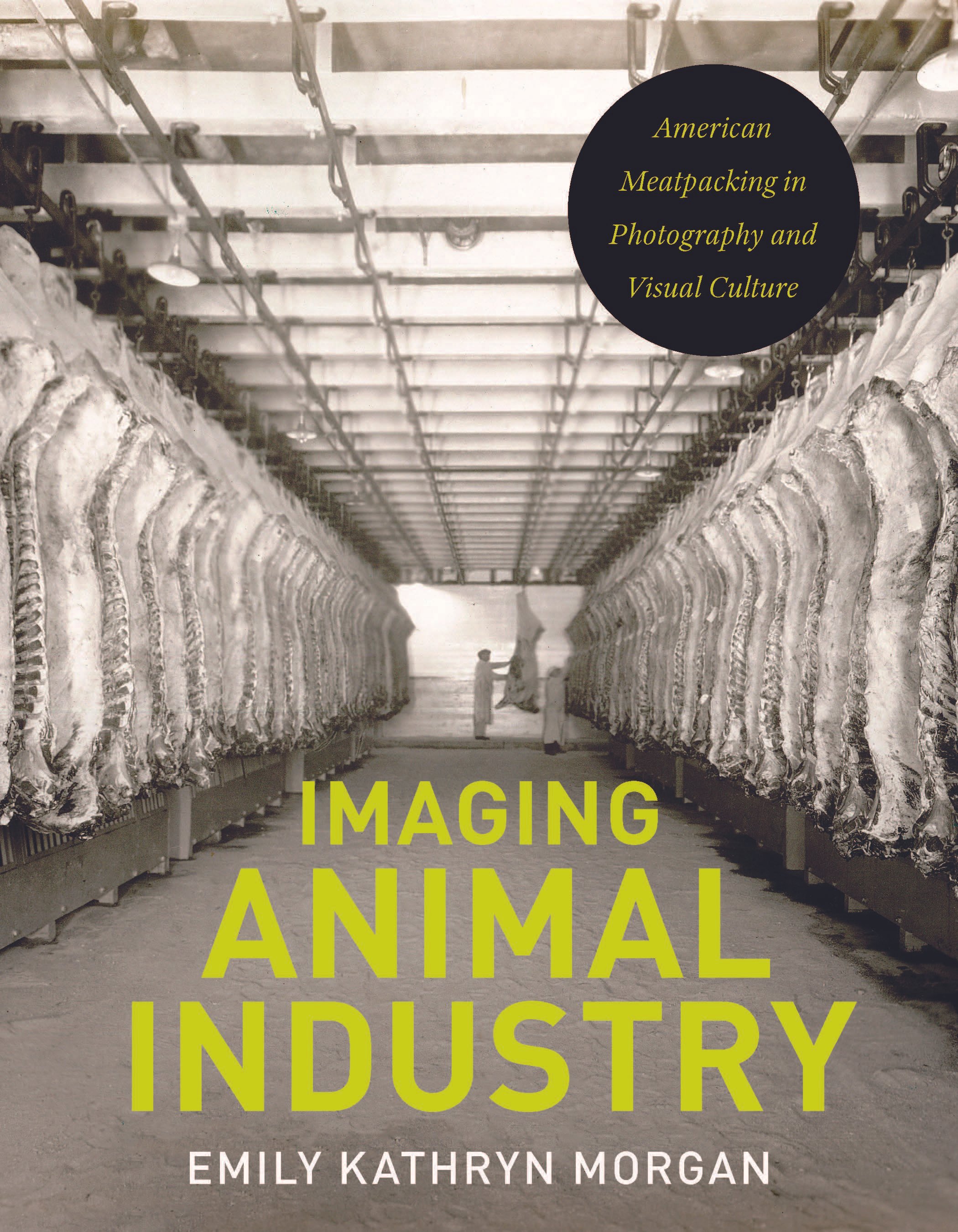
Imaging Animal Industry: American Meatpacking in Photography and Visual Culture
Imaging Animal Industry focuses on the visual culture of the American meat industry between 1890 and 1960. It describes how, during that period, photographs and other images helped to shape public perceptions of industrial-scale meat production.
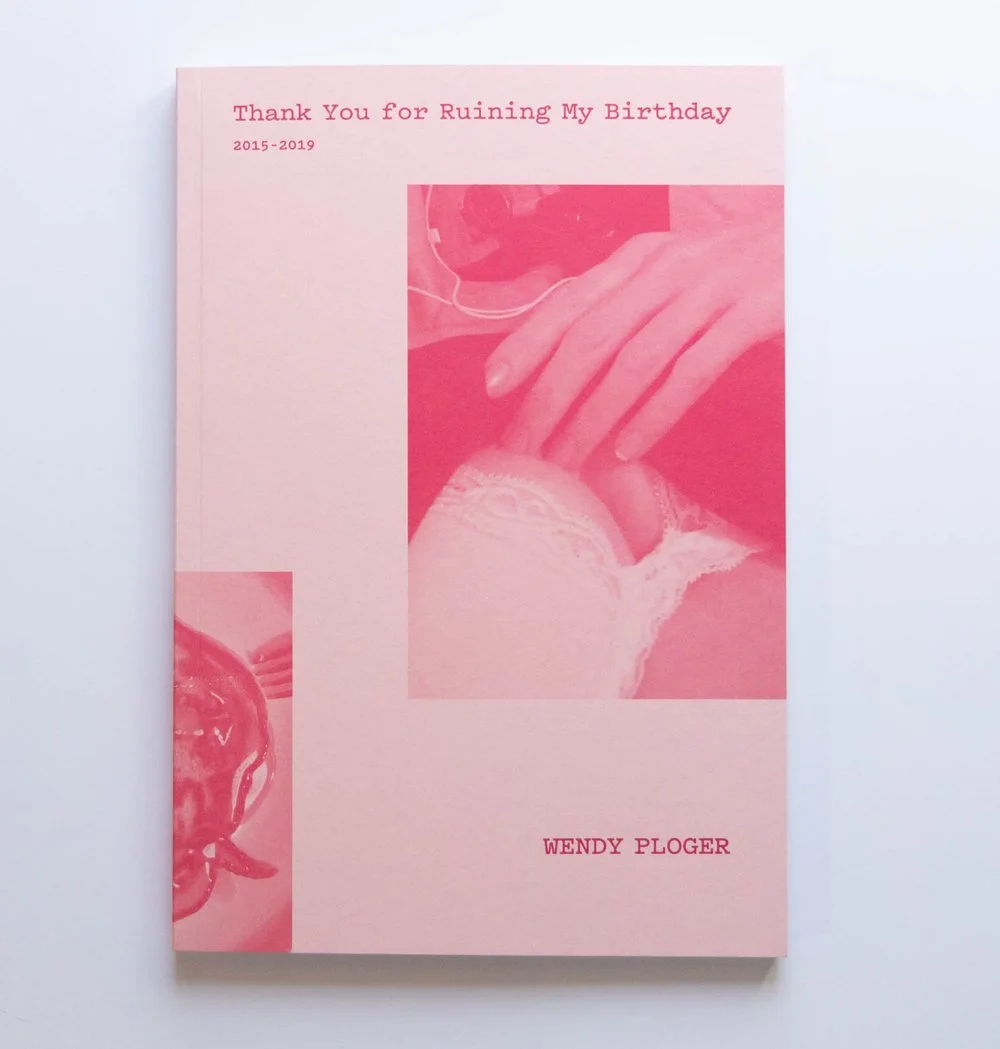
Thank You for Ruining My Birthday
Plucked straight from my personal diaries and photo library, Thank You for Ruining My Birthday portrays the rejection, loneliness, and uncertainty of dating in NYC after the sudden end of a long-term relationship.
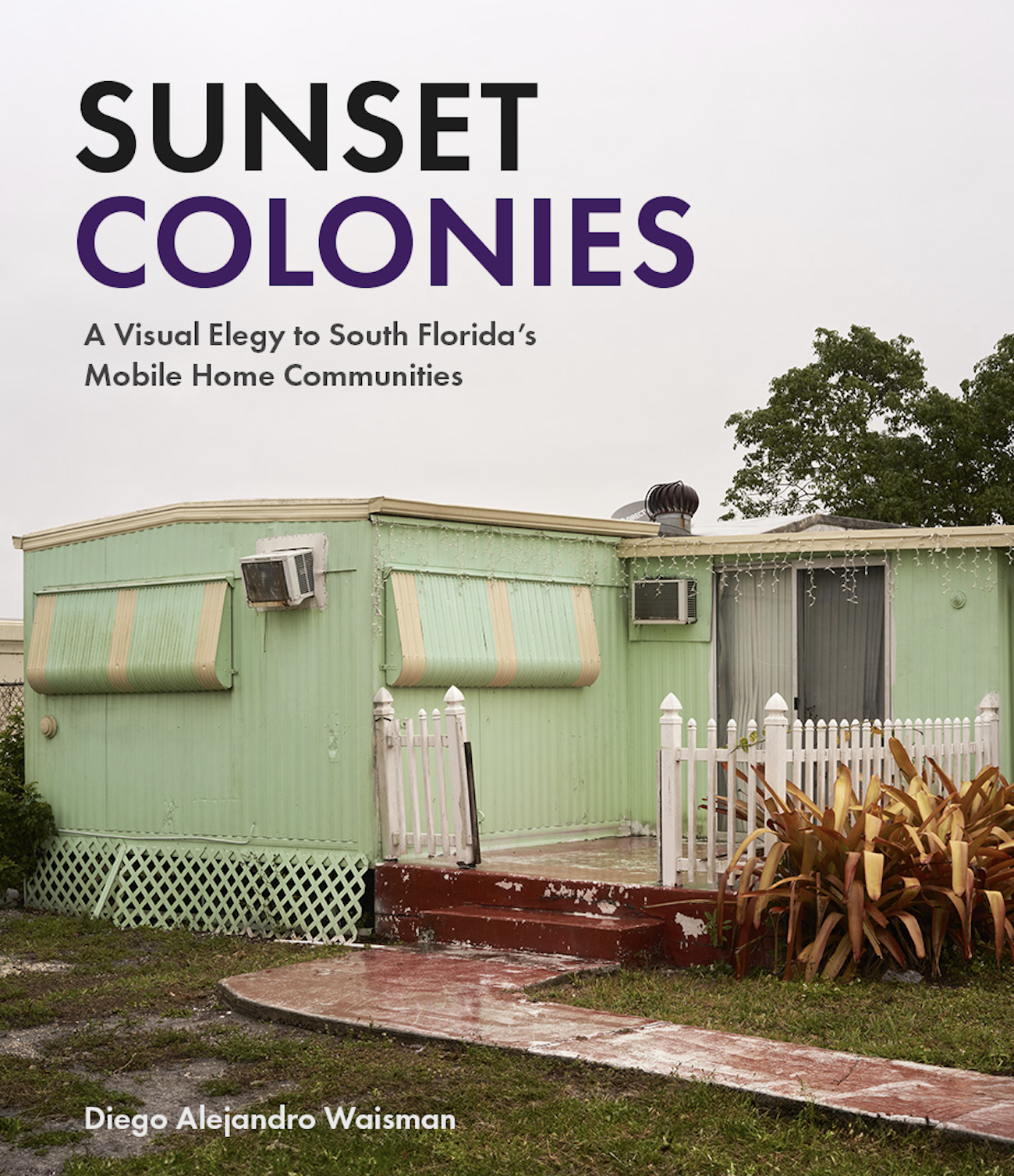
Sunset Colonies: A Visual Elegy to South Florida's Mobile Home Communities
In a collection of images that are both quiet and telling, Sunset Colonies portrays the vulnerabilities experienced by residents of South Florida’s mobile home communities amid rapid urban transformation and the threat of economic displacement. Photographer Diego Waisman captures a fractured sense of place in Miami-area neighborhoods that once flourished but are now increasingly forgotten.
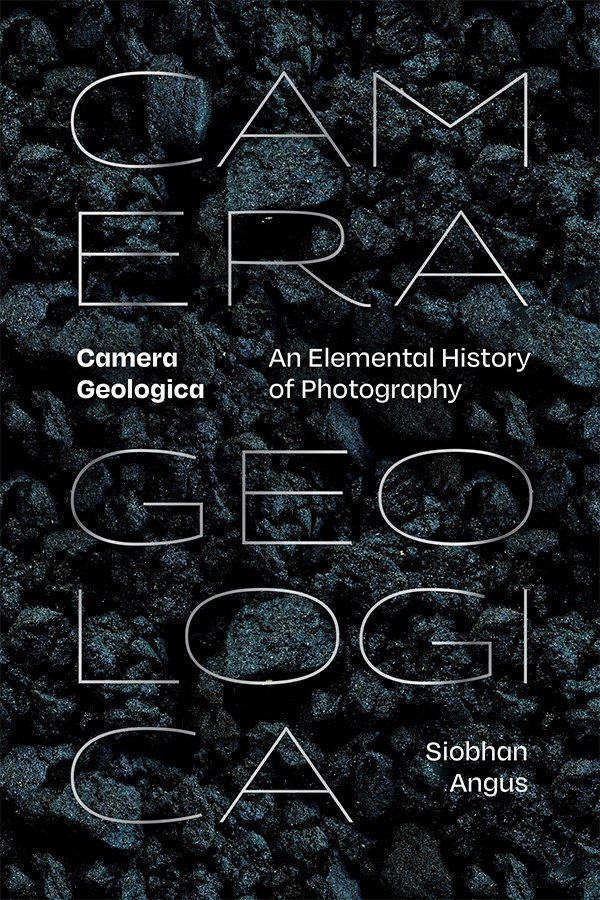
Camera Geologica: An Elemental History of Photography
A rethinking of photography through the framework of extraction, Camera Geologica advances an eco-critical reading of photography to consider the material links between mining and image making.
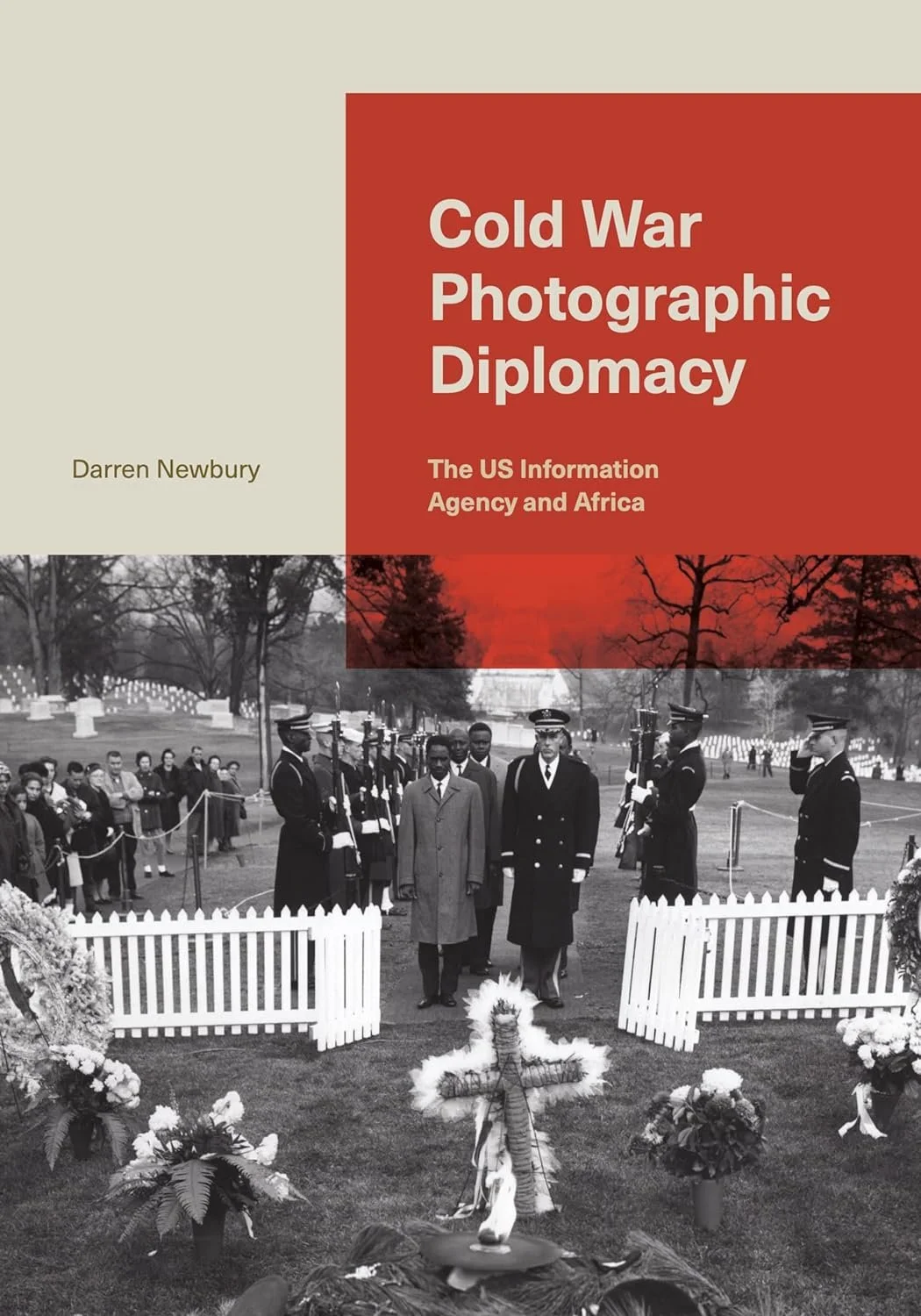
Cold War Photographic Diplomacy: The US Information Agency and Africa
Drawing on extensive research in the archives of the United States Information Agency (USIA) and concentrating on the period from the mid-1950s through to the late 1960s, Darren Newbury traces the role of photography in the United States’ appeal to Africa. Newbury shows how photographing the political, cultural, and educational visits of Africans to the United States provided a space for the imagination of international cooperation and friendship; how the United States presented the civil rights struggle as an example of democracy in action; and how it pictured a world of integration and racial coexistence.
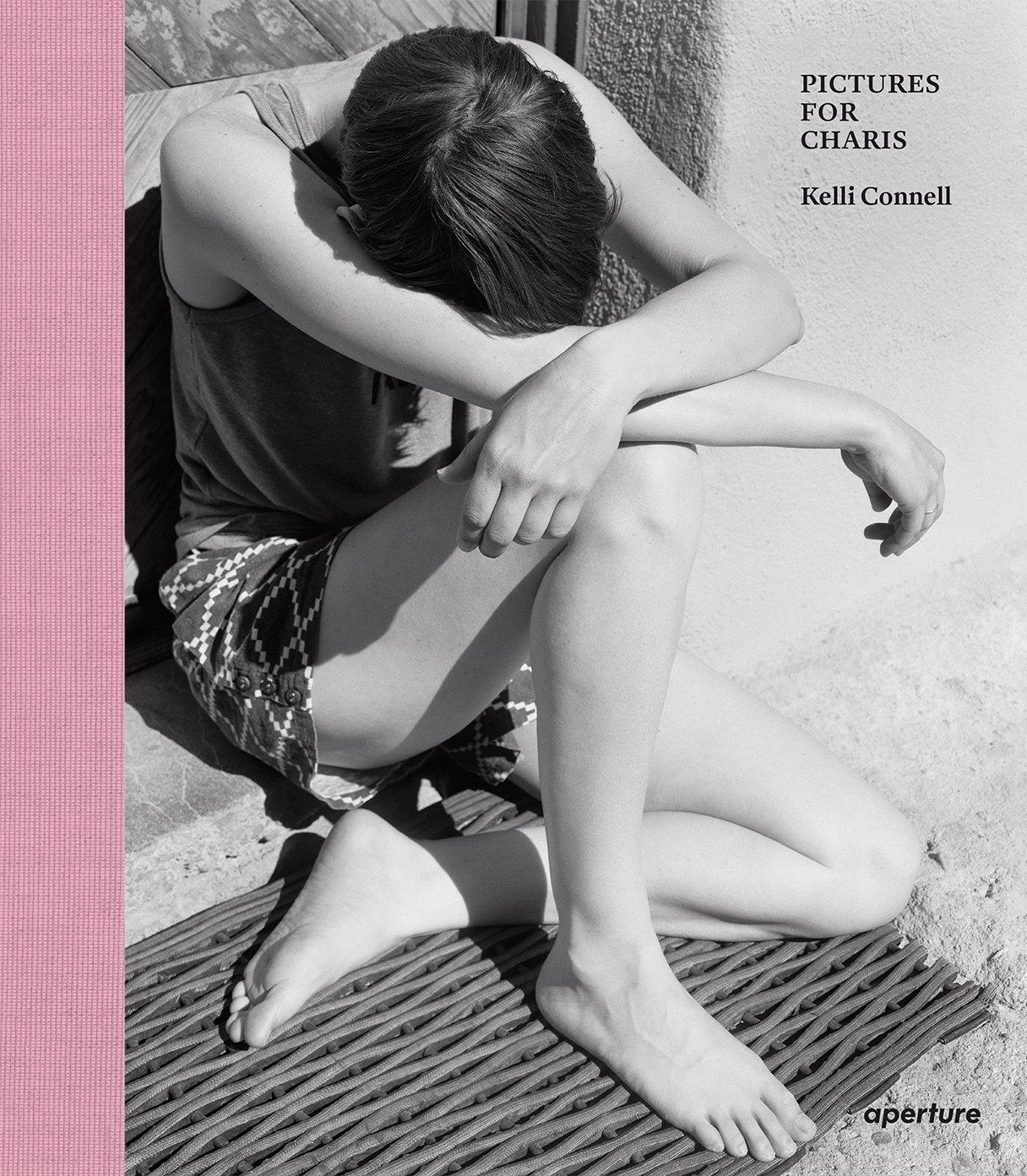
Kelli Connell: Pictures for Charis
Pictures for Charis offers a groundbreaking new work by artist Kelli Connell, synthesizing text and image, while raising vital questions about photography, gender, and portraiture in the twenty-first century.
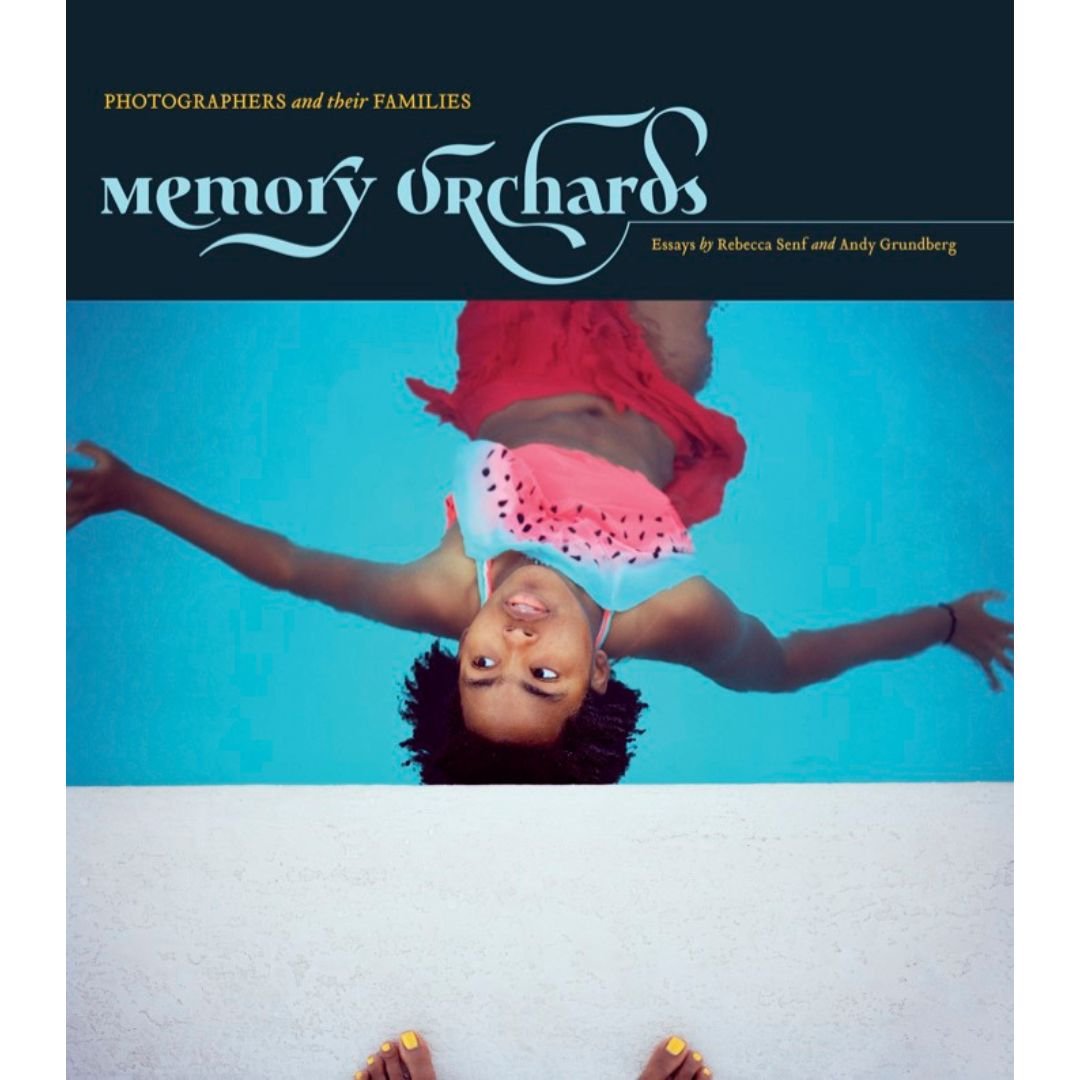
Memory Orchards: Photographers and Their Families
Memory Orchards presents a broad survey of family experience, through highs and lows, through lust and loss, creating a survey of work which reflects our understanding of ‘family’ in this moment.
